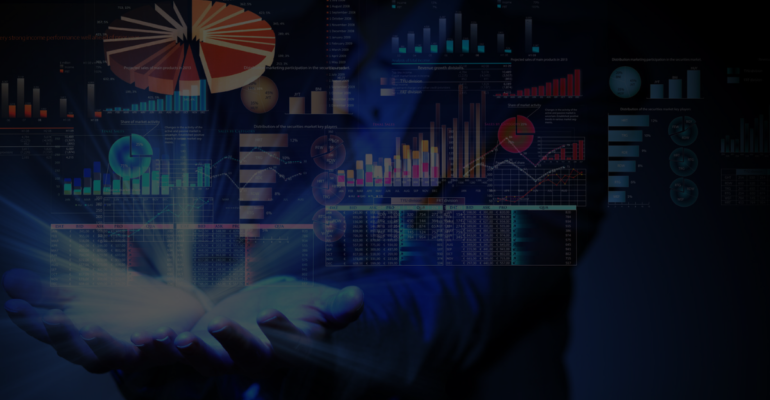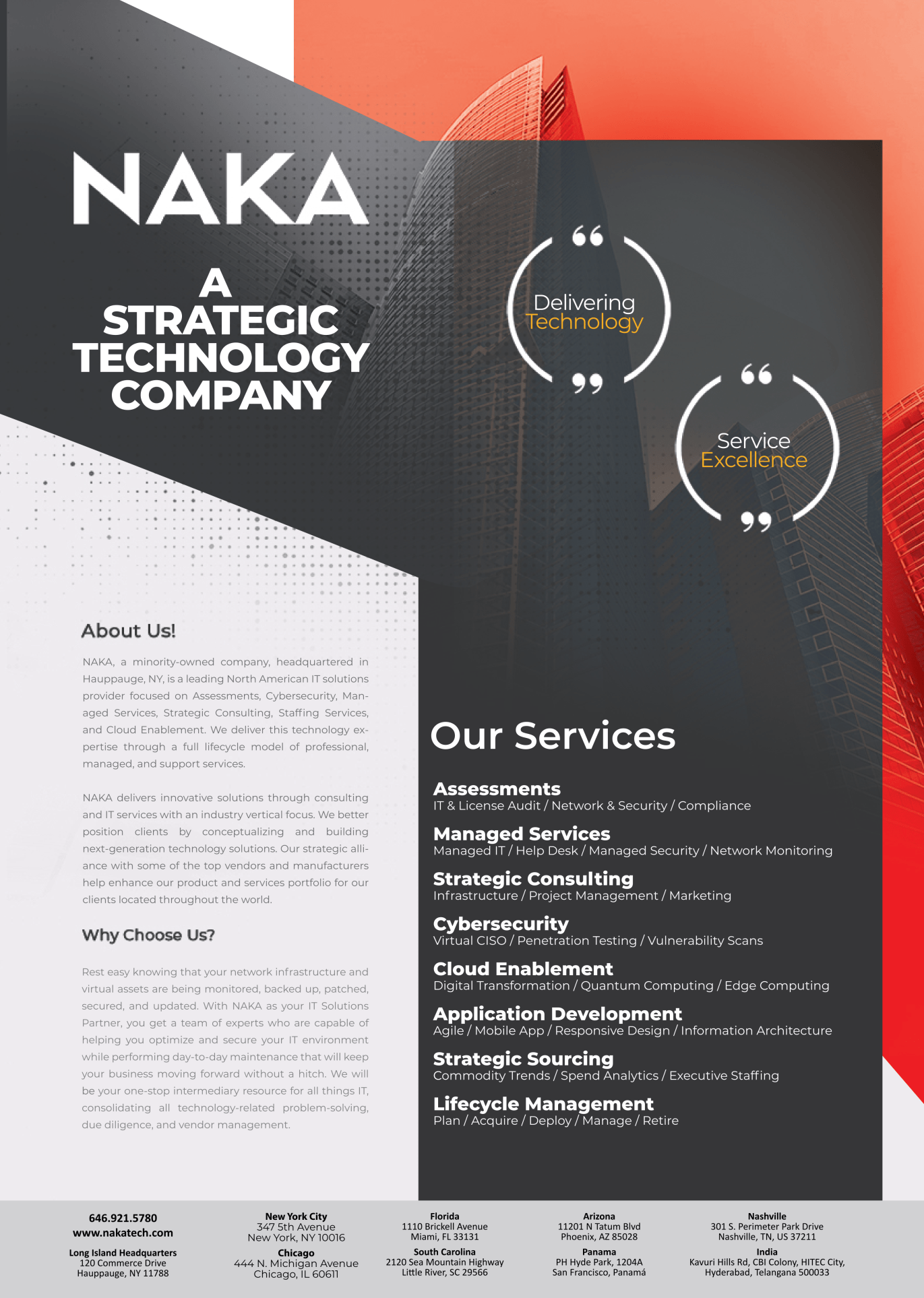5 Predictive Analytics Tool in Healthcare

5 Predictive Analytics Tool in Healthcare
Various tools in the healthcare industry can be used for data analytics and informatics to help the organizations capture health data for advancing medical care. Health organizations’ data is collected from a variety of systems and devices at the healthcare organizations, including online patient portals, e-medical records, health tracking devices, diagnostic systems, and glucometers. As a result, data in a healthcare organization can exist in clinical notes or medical images (CT scan). The data stored in this format is often unstructured.
In healthcare, analytics tools offer key insights in making decisions for care of patients and creating individualized treatment plans. Health analytics also help in operational benefits such as assisting nursing, clinical and operational teams improve time management and resource management in clinical organizations.
Below are some of the analytics tools that can be used in healthcare:
- Machine Learning
Predictive analytics and data processing is becoming one of the common analytics tools across several industries, including healthcare. This latest trend will help in cutting down the cost of technology infrastructure. This, in turn, will create opportunities for the application of machine learning in healthcare organizations.
Machine learning will help physicians in imaging and diagnostics applications. It will further help in determining the treatments for patients and improving patients’ outcomes. Machine learning will also help in leveraging the patterns in data for improving care pathways.
- Database Management
Before the advent of technology, doctor’s offices were occupied with boxes of patient files. Maintaining the patient’s data manually was a time-consuming task. With digitization, this task became automated. But, information is not always integrated across the databases. Healthcare data might be split into different entities and might have other formats. Building a granular database might be next to impossible.
Analytics tools can help in the innovation and collaboration of database management in healthcare. Open Database Connectivity (ODBC) can facilitate connections between databases. This will result in processing complex health data across platforms, and can help in supporting data governance, thereby ensuring that the data is accurate and available to all physicians.
- Cloud Computing
Healthcare organizations are actively looking for alternatives to manage their resources efficiently. One such method is to implement cloud computing in healthcare organizations. Cloud computing offers saving opportunities by eliminating the costs of the healthcare premises’ deployments. As cloud computing is virtual, it takes less space and helps in reducing the manual work and space.
Cloud computing helps healthcare organizations keep the technology updated without investing a hefty amount on physical assets. This, in turn, offers an additional advantage to healthcare organizations by upgrading their systems to support expanded data analytics.
- Predictive Analytics
Predictive analytics will help in lowering healthcare costs and improving the quality of care. Predictive analytics has the ability to extract data from sources such as EHRs, medical devices, equipment, and wearables. This technology also helps in data cleaning and risk calculation. The use of predictive modelling can help improve outcomes at the healthcare organizations, enhance the experiences of patients and reduce healthcare costs.
The successful implementation of these predictive analytics requires planning and collaboration of healthcare individuals, including executives, nurses, physicians, policymakers, patients etc. Without assistance from these healthcare individuals, proper implementation of predictive analytics in the healthcare industry will not be possible.
- Data Visualization
Visual tools can help in transforming data into stories. Data in a healthcare organization will continue to grow in volume and complexity. Therefore, data visualization will become more significant in data analytics in healthcare organizations.
Data analytics is gaining popularity in healthcare. For instance, the National Center for Health Statistics offers dashboards having data on health-related subjects, right from causes of death to teen birth rates. We can also look at the examples of the Robert Wood Johnson Foundation and the University of Michigan Center for Health Communications Research. They share health risk information with the help of data visualizations.
Predictive analytics tools are helping in providing quick and advanced healthcare and improve overall patient outcomes. Healthcare organizations require technology that offers quicker collection, processing, and analysis of patient’s data so that patient’s treatment can be fast and smooth. Healthcare organizations should adopt predictive analytics tools for helping patients, reducing cost and cutting down on manual work.



